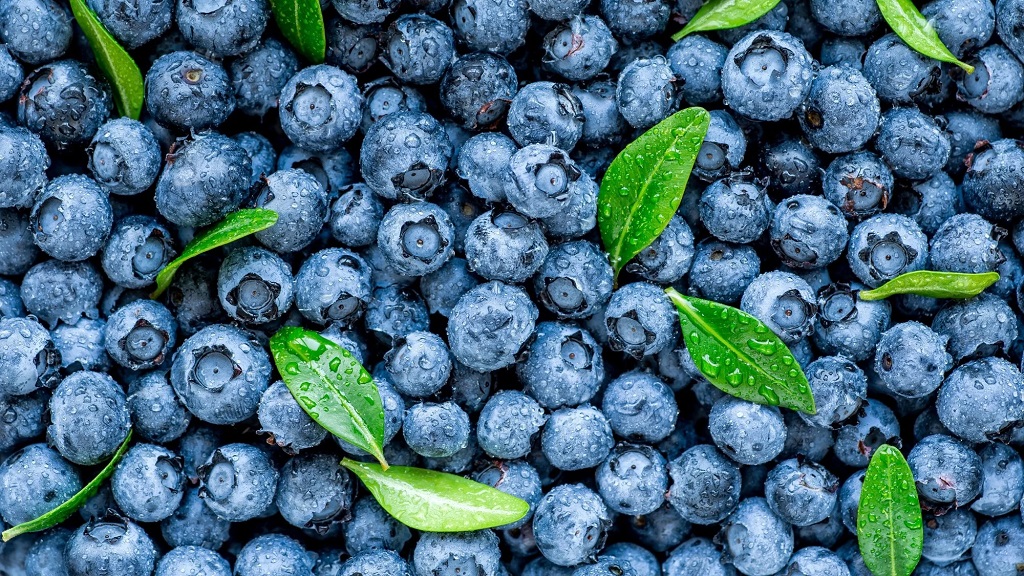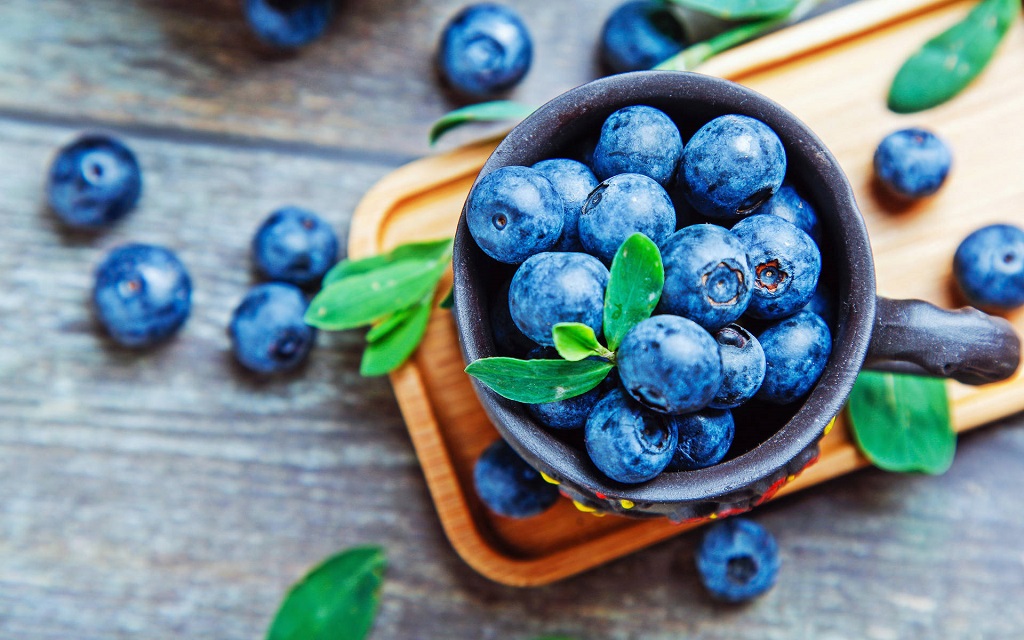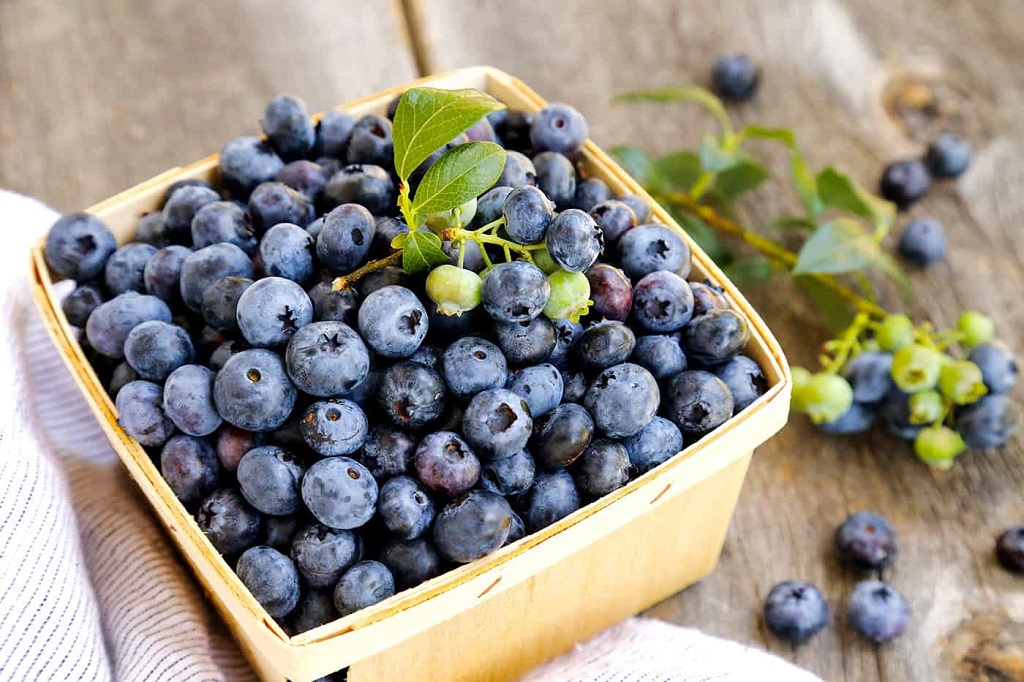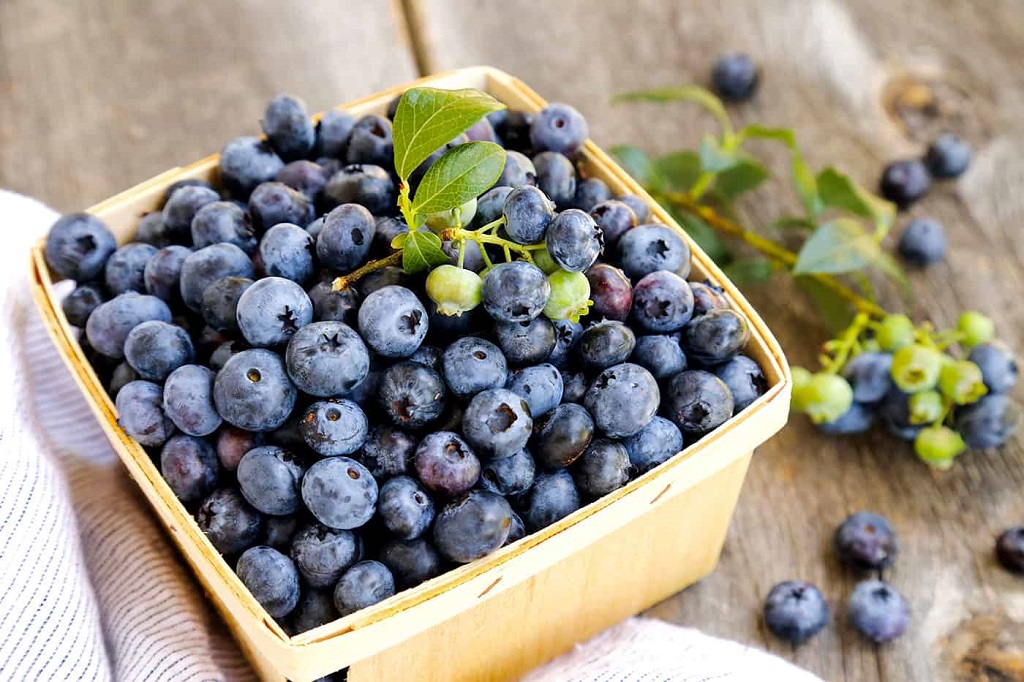Blueberries are one of my favorite fruits. Their sweet, tangy flavor adds joy to breakfasts, snacks, and desserts. As a health-conscious shopper, I like to fill my cart with affordable superfoods like blueberries. But glancing at the berry bins reveals a wide price range for this popular produce pick. So, how much should you expect to pay for a pint of blueberries? Let’s look at the factors that set the price for store-bought blueberries.
The Many Benefits of Blueberries
Before we dive into blueberry pricing, it’s helpful to understand what makes this fruit so unique. Blueberries boast an impressive nutritional profile. Just one cup contains 21% of your daily recommended vitamin C, 36% of vitamin K, and 25% of manganese. They’re also packed with antioxidants called anthocyanins that give blueberries their signature hue. Studies suggest anthocyanins help protect cells from damage and reduce inflammation.
Along with those antioxidants, blueberries contain fiber, vitamin A, vitamin B6, copper, potassium, calcium, iron, magnesium, phosphorus, sodium, zinc, choline, beta-carotene, lutein, and zeaxanthin. This unique combination of vitamins, minerals, and phytonutrients is linked to various health benefits. Regularly eating blueberries may:
- Enhance brain health and slow age-related cognitive decline
- Lower blood pressure and “bad” LDL cholesterol
- Reduce DNA damage that can lead to cancer
- Improve insulin sensitivity and blood sugar control
- Fight oxidative stress and inflammation throughout the body
With all those perks, it’s no wonder that blueberries are hailed as a superfood! Their versatility makes it easy to enjoy them fresh, frozen, dried, or powdered year-round. So what are you waiting for? Let’s buy some blueberries! Also, discover how many oz in a pint of blueberries.
Where to Buy Blueberries
Now that you know why blueberries deserve a spot on your shopping list, where should you go to buy them? Here are some of the most common places to purchase fresh blueberries:
Grocery Stores
You’ll typically find plastic clamshells of fresh blueberries in the produce section. Grocery store blueberries may be grown locally in-season or shipped in from other major blueberry-growing regions when local supplies are low. Prices often range from $2-$5 per pint.
Farmers Markets
Shopping at farmers’ markets allows you to buy locally grown blueberries at their peak freshness. You can also try less common blueberry varieties sold directly by the farmers who grew them. Expect to pay market prices, anywhere from $3-$6 per pint.
Pick-Your-Own Farms
For the freshest berries and fun outdoor activity, visit a pick-your-own blueberry farm in blueberry season. While you’ll have to pick the berries, the prices are usually lower than retail, around $2-$4 per pint.
Online Delivery Services
If you want blueberries delivered straight to your doorstep, companies like FreshDirect and Instacart let you order them online. This convenience comes at a premium, though, with prices ranging from $4-$7 per pint.
Frozen Blueberries
Of course, you can buy blueberries year-round by opting for frozen ones. A 12-16 ounce bag of frozen wild blueberries costs $3-$5 at the grocery store. Since frozen berries are flash-frozen at peak ripeness, they pack a similar nutritional punch to fresh.
As you can see, you have lots of options when it comes to where to buy blueberries. Your choice will come down to convenience, cost, freshness, locally grown appeal, and unique varieties.
Why Do Blueberry Prices Vary So Much?
Have you ever noticed that blueberry prices seem to fluctuate wildly? The cost per pint can be double at some stores compared to others. What accounts for this massive variance in blueberry prices? As with most produce, it mostly comes down to:
- Supply and demand – Basic economics largely dictates blueberry prices. When blueberries are in peak season with bountiful supplies, prices typically drop. Out of season or when adverse weather limits harvests, low supplies lead to higher prices.
- Where they are grown – Most US blueberries are grown in states like Georgia, Michigan, New Jersey, Oregon, Washington, and California. Prices are impacted by production volumes and transportation costs from these significant growing regions.
- Organic vs conventional – It costs more to grow organic blueberries, so organic berries command higher shelf prices, often 75 cents to $1 more per pint.
- Store vs. farm prices – Grocery stores have more overhead than pick-your-own farms, so retail blueberry prices are inflated compared to buying directly from local farms.
- Packaging and branding – Premium varieties sold by name-brand suppliers like Driscoll’s typically cost more due to higher packaging costs and branded marketing.
- Store promotions – Blueberry prices can vary weekly as stores run promotions and place certain produce on sale. Savvy shoppers track sales cycles at their favorite grocery stores.
So, in a nutshell, fluctuating blueberry prices come down to the basic economics rules. Understanding seasonal impacts, farm costs, and retail markups helps explain that sticker shock.
What’s a Good Price for Blueberries?
So, what should you expect to pay when faced with this range of blueberry prices? Here are some general guidelines for what’s considered a reasonable price for different types of blueberries:
- Conventional (non-organic) blueberries cost $2.50 to $4 per pint on average at the grocery store. Organic blueberries range from $4 to $6 per pint.
- Farmers market prices tend to be a bit higher than grocery stores since you’re buying directly from family farms. Plan on spending $4 to $6 per pint for conventional berries and $5 to $7 for organic.
- Pick-your-own farms offer some of the best value at $2 to $4 per pint since you do the work harvesting them yourself. Some farms charge a small entrance fee.
- Frozen wild blueberries in 12-16 ounce bags cost $3 to $5 at the grocery store. Stock up when they go on sale!
- Dried blueberries range from $7 to $12 per 8-ounce bag. Buy them in bulk bins to save.
- Online prices are premium, usually $5 to $8 per pint after fees and delivery markups. Use promo codes to lower the costs.
When weighing the cost of blueberries, also consider the shelf life. Fresh berries last 5-7 days, and organic ones spoil faster, so only buy what you can use. Frozen berries last much longer. Buying in season saves money, too.
Getting the Best Blueberry Value
Now that you know typical blueberry prices, here are some insider tips to get the most for your money:
- Check weekly sales flyers – Stock up when blueberries go on sale, usually for $2-$3 per pint.
- Buy in bulk if possible – Club stores like Costco offer decent savings when you buy 2-3 pound clamshells. Or seek out farms selling 5+ pint flats.
- Mix up sources – Get blueberries from grocery stores and farmers’ markets to take advantage of seasonal and sale prices.
- Join loyalty programs – Stores like Kroger give members digital coupons and personalized deals. Loyalty = savings!
- Freeze extra berries – When prices plummet, buy more blueberries than you can eat fresh and freeze them for later smoothies, baking, and oatmeal topping.
- Time it right – Shop for markdowns on perishable berries or perfectly ripe pick-your-own farms late in the day. But don’t wait too long or the shelves will be empty!
- Buy store brands – Opt for the generic blueberries instead of pricier name brands like Driscoll’s to save up to $2 per pint.
- Cultivate blueberry bushes – If you have the space, grow your blueberry bushes for homegrown berries for free!
With excellent timing and savvy shopping strategies, you can enjoy budget-friendly blueberries anytime. Track sales, freeze excess, and trade grocery stores for u-pick farms to get this antioxidant-rich superfood at a steal.
How Blueberries Are Grown and Harvested
Ever wonder how those blueberry pints make it to your grocery store shelves? Here’s a quick look at how commercial blueberries are grown and harvested:
- Year 1 – Preparing the fields – Before blueberries are planted, fields are cleared, soil is enriched, and irrigation systems installed.
- Year 2 – Planting – One or two-year-old blueberry bushes are planted in early spring, spaced in rows for easy harvesting.
- Year 3 – Establishment – During this first season, flowers are removed so plants establish deep roots and branch structure.
- Year 4 – First harvest – Two years after planting, the bushes produce their first small crop of berries. Plants are still maturing, and yields are low at this stage.
- Years 5-7 – Ramping up – Yields steadily increase as the plants reach their prime production years. Well-cared-for bushes can be produced for 20 years or longer.
- Peak production – Mature blueberry bushes produce fresh fruit from late spring through early fall, depending on climate and variety. Northern highbush blueberries ripen first, followed by rabbiteye and then southern highbush.
- Pollination – Blueberry bushes are self-pollinating but yield better when bees transfer pollen from plant to plant. Some farms rent commercial beehives during the blooming season.
- Harvesting – Most commercial blueberries are harvested by hand to avoid bruising the delicate fruit. Experienced pickers gently pull berries off in cups or baskets.
- Packing – Berries are quickly packed into vented clamshell containers to protect them during shipping to supermarkets, where they are kept chilled in produce coolers.
- Pruning – Overgrown branches are trimmed back after harvest to stimulate new growth and maintain ideal berry size and quality.
- Overwintering – As temperatures drop, plants enter dormancy. Growers apply nutrients and prunings to protect root health over the winter.
- Trends – Consumer demand has fueled more organic production, covered hoop houses to extend seasons, and new proprietary blueberry varieties.
So, there’s an overview of what happens behind the scenes before those blueberry pints arrive at your grocery store! It takes 3-4 years of nurturing before bushes reach total production. The hard work of farmers and pickers is why we can enjoy fresh blueberries year-round.
FAQs
What is the typical size of a pint of blueberries?
A pint of blueberries is a standardized unit of volume, typically measuring 16 fluid ounces or roughly 473 milliliters. This is a standard packaging size for fresh blueberries.
How many blueberries are in a pint?
The number of blueberries in a pint can vary based on their size, but on average, it contains approximately 2 to 2.5 cups of blueberries. Remember that this can also depend on the specific variety of blueberries.
What is the average cost of a pint of blueberries?
The cost of a pint of blueberries can vary based on location, season, and whether the berries are conventionally or organically grown. On average, you can expect to pay around $3 to $5 for a pint, but prices may fluctuate.
Are there different varieties of blueberries available in a pint?
Yes, pints of blueberries can include various varieties, such as highbush or lowbush blueberries. The specific type of blueberries can influence their size, taste, and overall appearance.
Where can I purchase a pint of blueberries?
Pints of blueberries are commonly available at grocery stores, supermarkets, farmers’ markets, and local fruit stands. You can find them in the produce section, especially during the peak blueberry season, which varies depending on your location.
In conclusion
A pint of blueberries is a standardized unit of volume containing approximately 2 to 2.5 cups of these delicious berries. The cost, number of blueberries, and varieties within a pint can vary, offering consumers flexibility in choosing based on preferences and budget. Whether you buy them at a local market or a supermarket, discovering which tree gives the most fruit can be an intriguing quest, while enjoying a pint of blueberries remains a tasty and nutritious way to savor the goodness of this vibrant fruit.





